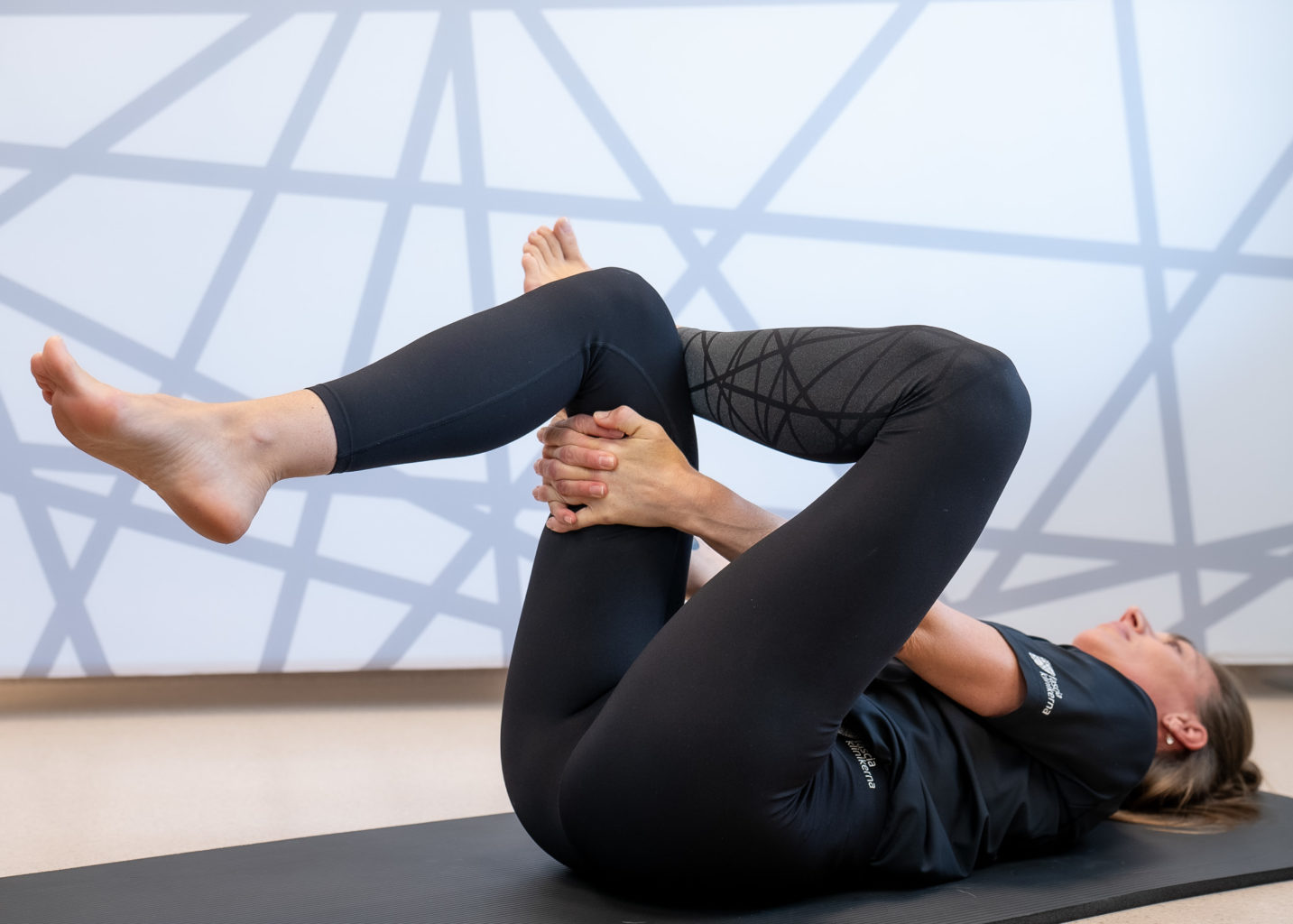Pain in the coccyx
Pain in the coccyx is most often caused by injury to the coccyx or the soft tissues around it, the fascia structures, from a fall or a difficult birth with increased pressure on the coccyx.
Symptoms of a damaged coccyx include a sharp pain when sitting or standing up.
FasciaClinics can help you to relieve the injured area and to get a well-balanced spine to avoid misalignments.
What causes pain in the coccyx?
What we call the coccyx is actually four to five vertebrae that grow together at puberty to act as one vertebra. They are the last vertebrae in the vertebral column after the sacrum (five fused vertebrae).
Pain from the coccyx is much more common in women than men and anatomically the coccyx is more prominent in women. The pain is usually due to a fall where you landed on your buttocks and hit your coccyx or the pain can come after a difficult birth.
Pain in the coccyx is most often caused by injury to the coccyx or the soft tissues around it, the fascia structures, from a fall or a difficult birth with increased pressure on the coccyx. A misalignment of the coccyx can also result from trauma. There may also have been a fracture of the coccyx during a hard landing after a fall. An imbalance in the entire spine with an oblique load, too small or too large a curve, etc. can also cause the coccyx to be incorrectly loaded. This can also lead to lower back pain.
Pain from the coccyx area can also be due to some more serious disease, such as a tumor, but this is unusual. Most often, the cause of the pain is a herniated disc , either in the form of a herniated disc in the lumbar spine or higher up in the thoracic spine, which radiates down and creates an oblique strain. Lumbar disc herniation can also create the same type of misalignment that creates pain in the coccyx.
What is coccyx pain a symptom of?
Symptoms of a damaged coccyx include a sharp pain when sitting or standing up. It can also hurt when bending forward and also when pressure is applied around the coccyx. Going to the toilet can therefore be painful.
Pain in the coccyx during pregnancy
Pain in the coccyx during pregnancy can be due to joint loosening as the fascia and cartilage joints soften due to hormonal changes and preparation for childbirth.
The increased stress of pregnancy, together with a hormonal change in the fascia, can alter the curvature of the spine, resulting in incorrect loading of the coccyx. Exercise to strengthen the abdominal and back muscles can help.
When and where should I seek treatment for coccyx pain?
If you have suffered a trauma and have pain in your coccyx, it is easy to tense up and try to avoid the pain. This can create new problems with compensatory tensions and imbalances, so it is important to seek help in time to avoid prolonging the pain. FasciaClinics can help you to relieve the injured area and to get a well-balanced spine to avoid misalignments.
How is the treatment of pain in the coccyx done?
The FasciaClinics provide a comfortable and effective treatment with relief and relaxation of the injured area around the coccyx. An analysis of how the body is loaded is performed to then try to release tension and correct imbalances that may affect the coccyx. The treatment is usually experienced as very pleasant and effective. The treatment provides an increased flow which favors healing.
Pain in the coccyx – What can I do myself?
Heat and hot baths can relieve the pain. Using a special seat cushion with a hole in the middle can relieve pressure when sitting, which can help with pain.

Exercises for coccyx pain?
Do exercises that do not hurt. Stretching of the gluteal muscles can provide relief as it attaches around the coccyx. Lie on your back with your legs bent 90° at the hip. Bring one leg towards you and place your foot on the front of your thigh on the other leg, pulling it towards you with your hands. Stretch for up to one minute. Switch legs and stretch again.
Relaxation exercise lying on your back with your hips and knees at a 90° angle with your legs on a stool. Arms out to the sides with palms up. Lie like this for 10 minutes. Breathe in slowly through your nose, feel your lower back relax and come closer to the ground.
 Search
Search































